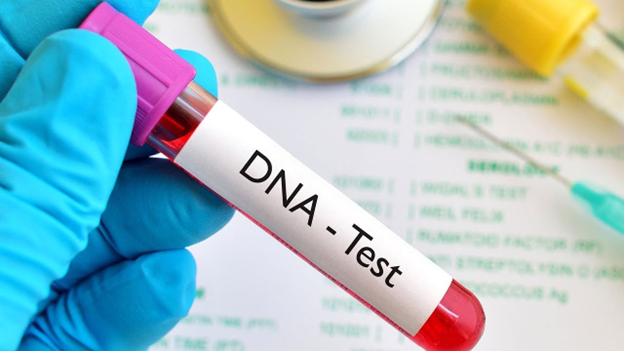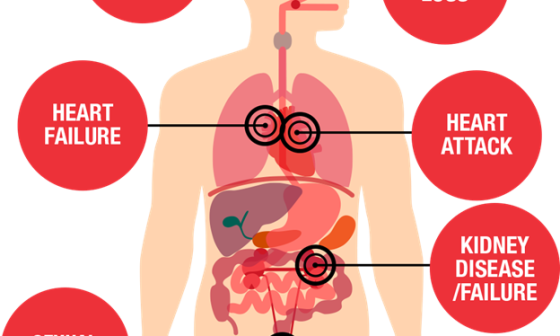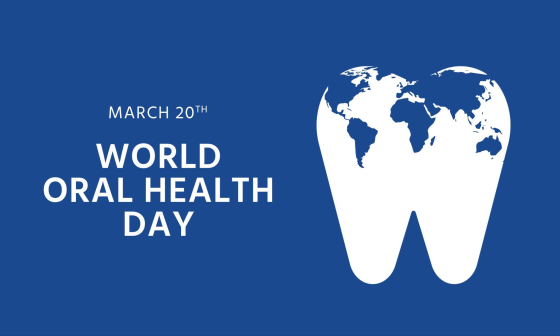In recent times, DNA tests; paternity tests & ancestry tests have been common trends on social media, especially Twitter. Although DNA tests are uncommon due to costs and psychological implications, education and exposure has lead to an increased number of requests for DNA tests, especially paternity and ancestry tests.
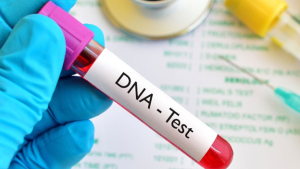
Courtesy: Daily Trust newspaper
For immigrants, DNA tests help to identify and confirm ethnicity and genealogy. Paternity tests are popularly used for settling cases of paternity fraud and family disputes, especially in traditional african countries like Nigeria where deaths may occur from unknown causes and disputes may arise for inheritance claims.
DNA tests remain the Gold standard for determining paternity, maternity, disease predisposition and ancestry. In this article, we will discuss what DNA is, its discovery, categories of DNA tests and how DNA tests can be done.
What is a DNA?
Deoxyribonucleic acid (DNA) is a molecule that carries genetic information for the development and functioning of an organism. DNA is present in human cells and provides the information necessary for cell development and function.
DNA is made of two linked strands that wind around each other to resemble a twisted ladder; a shape known as a double helix. In humans, there are 46 chromosomes: 23 from the father and 23 from the mother.
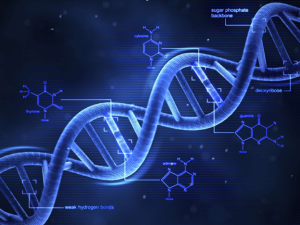
Courtesy: Andrey Prokhorov/E+/Getty Images
DNA testing involves decoding the intricate code that makes you who you are. Recently, DNA and genetic testing have gained popularity as the tests offer an idea of ancestry and potential health risks. DNA testing has also played a role in paternity, maternity, and finding other family members, including siblings.
Before embarking on any health test, like a DNA test an individual must understand the test, its use, what is required, how it is done, and the cost implications depending on geographic location.
The discovery of DNA
Deoxyribonucleic acid was discovered by James Watson and Francis Crick in 1953. This discovery paved the way for scientific inquiry as researchers began to delve into the complexities of genetic code.
Technological advancements have accelerated the pace of DNA research, leading to the development of techniques such as polymerase chain reaction (PCR) and DNA sequencing. These breakthroughs have revolutionized the field of genetics and the emergence of DNA testing as a tool for identifying humans, exploring ancestry, and understanding inherited diseases.
Categories of DNA testing
The three main categories of DNA testing are:
● Ancestry and genealogy testing: The most common type for immigrants interested in knowing their history. Ancestry DNA testing explains the genetic heritage and ethnic makeup of an individual. It helps to understand one’s family migration patterns and can be used to connect with distant relatives. It has three types:
The Y-DNA test: Analyzes DNA on the Y-chromosome to trace the patrilineal line.
Mitochondrial DNA Test: Analyzes DNA on the mitochondrion to get an individual’s matrilineal line.
Autosomal DNA Test: Analyzes the autosomes (22 pairs of DNA inherited from both parents).
● Disease Predisposition Testing: Disease predisposition DNA test can give important insights into an individual’s susceptibility to inherited chronic diseases. This test has been used for cancer, cardiovascular, haematological (sickle cell disease, thalassemia), and neurologic diseases (down syndrome, Alzheimer’s disease). If a person has inherited a mutated gene from any of their parents, early detection and prevention strategies are instituted to prevent the disease expression. These tests can be done in utero during pregnancy (carrier test), immediately after birth (newborn test), or in adulthood.
● Relationship Testing: This test analyzes the relationship with a family. It has about three types:
Paternity test: A paternity test is an easy way to confirm an alleged man is the biological father of a child. The process involves sample collection and examination of DNA contained in both the alleged father and child. The sample most commonly collected is a buccal swab from both the child and the alleged father. This test can be done at the DNA centre or at home.
Maternity test: A maternity test confirms if an alleged mother is the biological mother of a child. It is done in the same way as the paternity test.
Avuncular test: A child who loses both parents and would love to confirm a relationship with a biological uncle or aunt (full siblings of the father) does an avuncular test. This test can also be done if biological parents refuse to provide samples for DNA tests. This test also aids in the confirmation of paternity.
How is a DNA test done?
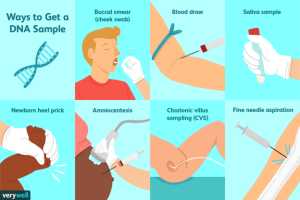
Courtesy: Illustration by Cindy Chung, Verywell
DNA tests can be performed with bodily fluids and tissues like blood, urine, saliva (buccal smear), bone, or hair. DNA samples collected by healthcare practitioners at the testing centre are then sent to the lab for testing and analysis.
Conclusion
DNA testing is a tool for self-discovery for decoding the fascinating, intricate codes of human life. DNA tests offer valuable insights into health, disease, and heritage. An individual seeking to do a DNA test should be cautious and duly informed about the various categories. The different types should be understood, and any selected for use must follow appropriate ethical considerations.
Wellahealth provides multiple affordable insurance plans that can cover general and specific health tests. To sign up and make further inquiries send a Whatsapp message.
Dr Ifeoma Uduh
